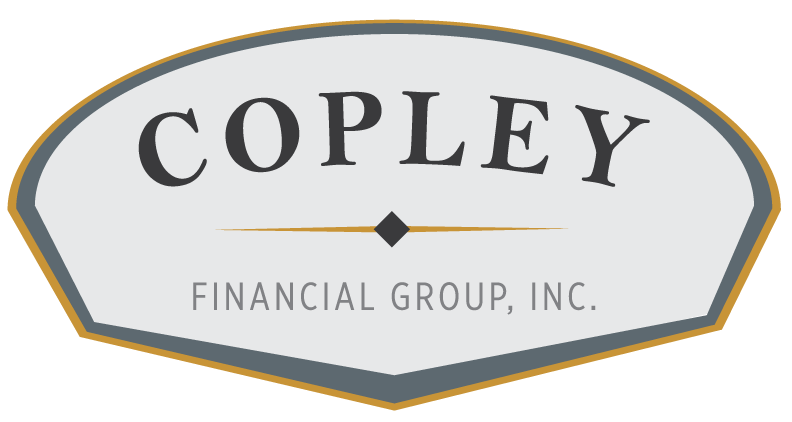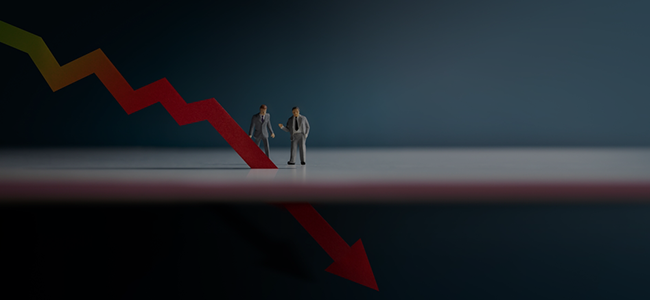What Exactly Is A Recession? 4 Things You Should Know
A recession is the most terrifying beast in the ordinary investor's closet of fears. It's easy to see why. Recessions are feared because they can result in reduced housing prices, decreased stock prices, and unemployment.
The bottom line is that recessions are unavoidable. As unpleasant as they may be, they are inevitable in every dynamic economy. And if you're ready for the next downturn, there will be plenty of possibilities when it ends. As a result, the more you understand about recessions, the better.
Why are they referred to as recessions?
Because calling them "depressions" is too frightening. No, seriously. Following the Great Depression - a phrase initially thought to be milder than "panic" or "crisis" - the term "depression" for an economic downturn sounded especially dreadful. Economists began to refer to the situation as a "recession" instead.
What exactly is an official recession?
A recession is defined as two-quarters of a continuous GDP decrease.
How frequently do recessions occur?
Since World War II, the United States has seen 12 recessions or one every 6.5 years on average.
What is the best early indicator of a recession?
An inverted yield curve has been a better forecast of economic downturns than the stock market, consumer confidence, or the index of leading economic indicators.

